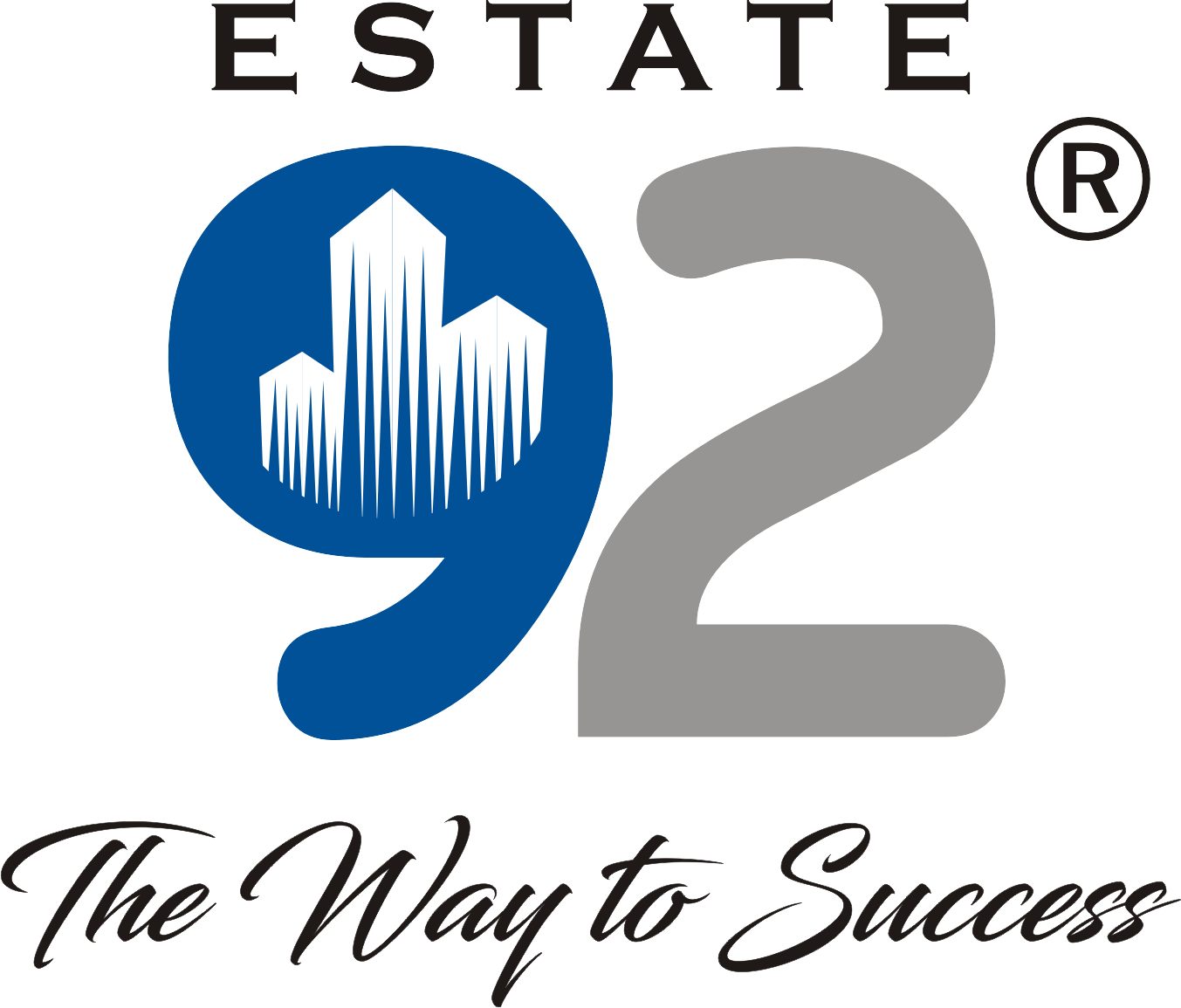Smart Homes in Pakistan: The Future of Living (2025 Guide)
Introduction
The concept of smart homes in Pakistan is rapidly gaining traction, driven by urbanization, rising disposable incomes, and advancements in IoT (Internet of Things) technology. As of 2025, cities like Karachi, Lahore, and Islamabad are witnessing a surge in demand for automated, energy-efficient, and secure living spaces. This article explores the latest trends, benefits, challenges, and future outlook of smart homes in Pakistan, helping homeowners and investors make informed decisions.
What Are Smart Homes?
A smart home integrates IoT-enabled devices to automate and remotely control household functions such as:
- Lighting & Climate Control (Smart bulbs, thermostats)
- Security Systems (AI cameras, smart locks)
- Energy Management (Solar-powered systems, smart meters)
- Entertainment & Appliances (Voice-controlled assistants, automated fridges)
These systems are managed via smartphones, voice commands, or AI-driven automation, enhancing convenience and efficiency 24.
Why Smart Homes Are Booming in Pakistan
1. Urbanization & Tech Adoption
- Pakistan’s urban population is growing, with 40% expected to live in cities by 2030.
- High-speed internet (5G rollouts) and affordable smart devices are accelerating adoption 2.
2. Energy Efficiency & Cost Savings
- Smart thermostats (e.g., Nest, EcoBee) reduce electricity bills by 20-30% through optimized heating/cooling 4.
- Solar-powered smart homes are gaining popularity amid rising energy costs 16.
3. Enhanced Security
- AI-powered cameras (e.g., Ring, SimpliSafe) and smart locks provide real-time surveillance, reducing burglary risks 4.
4. Government & Developer Initiatives
- Projects like DHA Smart City (Karachi) and Lahore Smart City incorporate IoT infrastructure 2.
- State Bank’s green financing schemes support energy-efficient home upgrades 4.
Key Smart Home Technologies in Pakistan (2025)
| Technology | Benefits | Popular Brands |
|---|---|---|
| Smart Lighting | Reduces energy waste via motion sensors | Philips Hue, Xiaomi Yeelight |
| Voice Assistants | Hands-free control (e.g., Alexa, Google Home) | Amazon Echo, Google Nest |
| Smart Thermostats | Learns user patterns for optimal HVAC use | Nest, Ecobee |
| Home Security | Remote monitoring & alerts | Ring, TP-Link Tapo |
| Solar + IoT | Integrates renewable energy with automation | Tesla Powerwall, local solar providers |
Challenges in Adopting Smart Homes
1. High Initial Costs
- A full smart home setup can cost PKR 500,000+, limiting middle-class adoption 4.
2. Internet Reliability
- Power outages and slow broadband disrupt IoT connectivity in some areas 2.
3. Privacy & Cybersecurity Risks
- Hackers can exploit unsecured devices; end-to-end encryption is essential 18.
4. Lack of Standardization
- Compatibility issues between brands (e.g., Google vs. Apple HomeKit) complicate setups 4.
Future Trends (2025-2030)
1. AI-Driven Automation
- Predictive maintenance: AI will anticipate appliance failures (e.g., AC servicing alerts) 4.
2. Smart Cities Integration
- Projects like Ravi Urban Development (Lahore) will link smart homes to city-wide IoT grids 16.
3. Affordable Starter Kits
- Companies like Xiaomi and TP-Link are launching budget-friendly smart bundles (~PKR 50,000) 4.
4. Proptech & Real Estate Growth
- 90% of new luxury projects in Karachi/Islamabad now include smart features 2.
How to Get Started with a Smart Home in Pakistan
Step 1: Prioritize Needs
- Start with security (smart cameras) or energy savings (smart plugs).
Step 2: Choose a Central Hub
- Google Home or Amazon Alexa for seamless device integration.
Step 3: Opt for Local Support
- Brands like PakWheels Smart Solutions offer installation services.
Step 4: Leverage Financing
- Banks like HBL & Meezan offer green loans for solar-smart home combos 4.
Conclusion: The Smart Home Revolution is Here
Smart homes in Pakistan are no longer a luxury but a sustainable, secure, and efficient way of living. While challenges like costs and internet reliability persist, advancements in AI, IoT, and renewable energy are making automation accessible.https://dhaestate92.com/
Key Takeaways:
✅ Energy-efficient smart homes can cut bills by 30%.
✅ Security systems (e.g., smart cameras) are a top priority for buyers.
✅ Future smart cities will integrate residential IoT networks.
For investors, luxury projects with smart features offer high ROI, while homeowners can start with affordable kits and scale up.
Sources:




